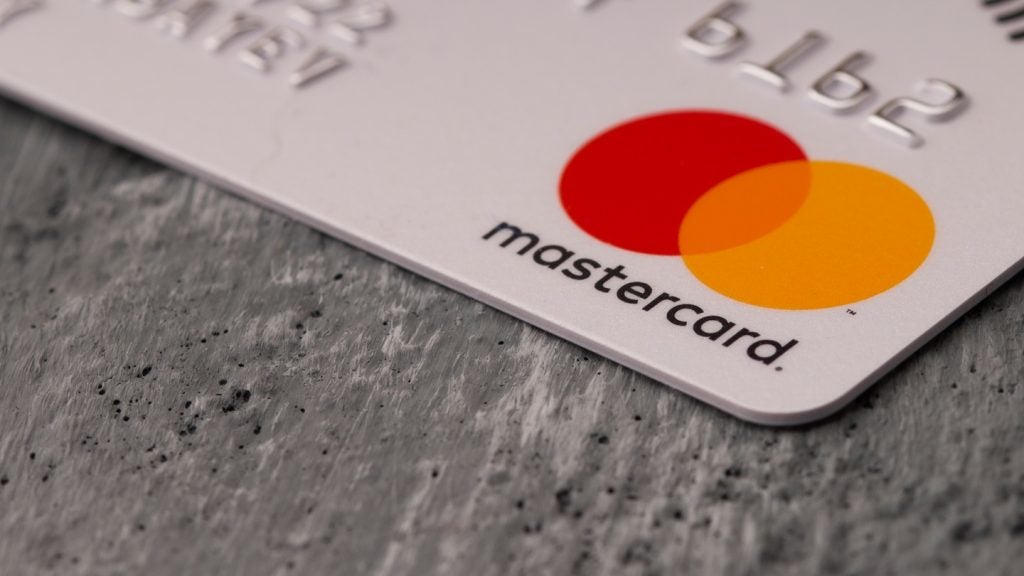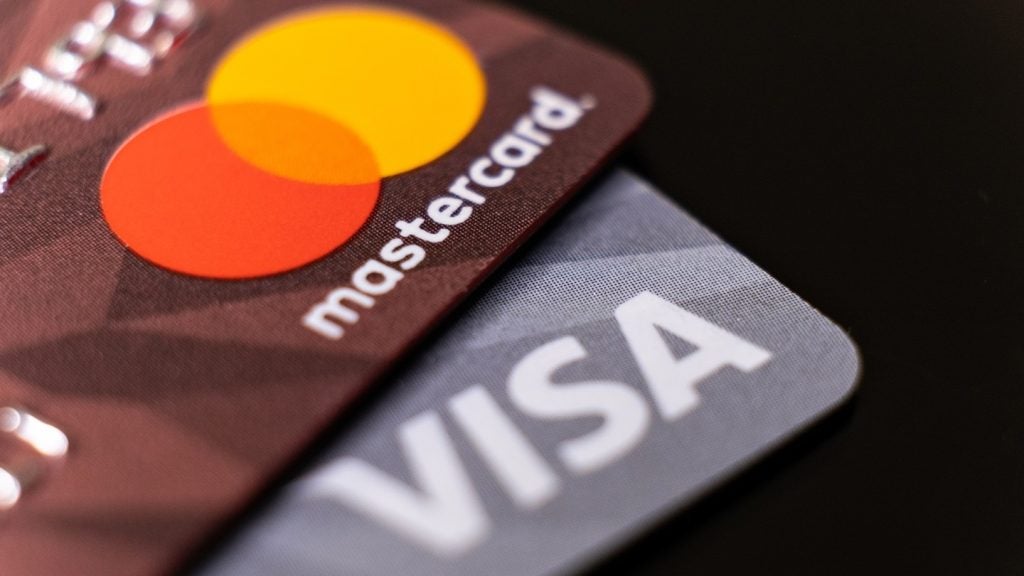Hong Kong has remained a strong financial hub through the financial crisis and is going from strength to strength. This is due to its strong card market, particualrly Octopus cards and multiple currency cards, and its strong links with mainland China. Now, consumers are looking towards more special products
Hong Kong is a global financial hub, with few regulatory barriers for foreign banks and card payment participants. It has close ties with mainland China for smooth cross-border business and trade. The growing payment cards market, coupled with favourable regulations, encourages foreign banks from mainland China and other overseas markets to expand their presence in Hong Kong. Foreign banks such as Bank of China, Citibank and Standard Chartered Bank have a strong presence in the country’s cards and payments industry.

Access deeper industry intelligence
Experience unmatched clarity with a single platform that combines unique data, AI, and human expertise.
Hong Kong’s payments cards market is highly developed, with card penetration of 3.4 cards per individual in 2014. Furthermore, the average annual spend per card stood at $4,052.80 in 2014 – higher than in Malaysia, Indonesia, Taiwan and Singapore.
Banking penetration is very high in Hong Kong, recording 96.1% in 2014 according to the World Bank Global Findex survey. To increase this further, the HKMA assigned HSBC, Standard Chartered and Bank of China the role of major financial service providers in November 2015.
These banks are responsible for the release of financial products and services in phases to consumers living in rural areas, senior citizens and unbanked consumers. High banking penetration resulted in an increase in the total number of bank accounts, as well as banking products such as consumer loans and payment cards.
The use of multiple currency cards becomes prominent with rise in cross-border transactions
To capitalise on the increasing cross-border trade between Hong Kong and mainland China, as well as to cater the fast-growing Chinese population working and studying in Hong Kong, banks are issuing dual currency payments cards. These cards can be used to conduct transactions in local and Chinese currencies. Expenses in Hong Kong and overseas are settled in the local currency, while expenses made in mainland China are settled in the Chinese currency.

US Tariffs are shifting - will you react or anticipate?
Don’t let policy changes catch you off guard. Stay proactive with real-time data and expert analysis.
By GlobalDataBanks usually waive the foreign currency transaction fee, and cardholders are offered benefits such as cash rebates, medical assistance, travel assistance and concierge services. Some examples of dual currency credit cards are UnionPay Dual Currency Platinum Credit Card offered by Standard Chartered, and the CUP Dual Currency Platinum Card offered by Bank of China.
In addition to dual currency cards, banks are also offering triple currency cards. Banco Nacional Ultramarino partnered with UnionPay to introduce a triple currency credit card in August 2015. The card is available in Platinum, Gold and Classic variants and can be used in Hong Kong, Macau and mainland China. Transactions are settled in the respective local currencies for Hong Kong, Macau and mainland China.
Demand for premium cards is on rise with the growing presence of high-income population
The demand for premium credit cards is high in Hong Kong due to the growing presence of high-income population. Consumers have become more sophisticated, and credit cards are becoming an essential part of the lifestyle. The demand for high quality service and rewards is also increasing among consumers.
To serve the most profitable consumer segment, banks are offering exclusive benefits and rewards. For instance, HSBC started offering reward programme called – ‘Red Hot Rewards of Your Choice’ to consumers from January 2016. This reward programme offers cashback on dining, entertainment and lifestyle expenditures around the world.

Octopus card continues to be one of the world’s highest used smart card
The Octopus card was one of the world’s first contactless cards. It is one of the world’s highest used smart cards, owned by 99% of Hong Kong residents aged 15-64 in 2015.
As of August 2015, there were 29 million Octopus cards in circulation in Hong Kong – around four times the country’s population. Hong Kong’s Mass Transit Railway (MTR) started operating a fully automatic fare collection system in 1979. To further enhance customer convenience, MTR launched the Octopus fare collection system and the Octopus card in 1997, which eliminated the need for travellers to find the exact change to pay fares.
The Octopus card was one of the world’s first contactless cards, and was initially launched for public transport. It is now widely accepted across convenience stores, restaurants and supermarkets in the country. More than 13 million transactions using Octopus cards, valued at over $20.6m (HKD160m), are carried out daily across 70,000 card readers.
E-commerce driving card-based payments
E-commerce’s value increased over the last five years, going from $11.3bn in 2010 to $23bn in 2014, at a CAGR of 19.36%, and is estimated to be $26bn in 2015. The well-established internet infrastructure, coupled with a large base of online shoppers, is driving the growth of e-commerce in the country. The proliferation of online shopping sites such as Alibaba, Groupon and Beecrazy and the use of social media as a shopping platform are expected to drive the growth of e-commerce over the next five years. The value of e-commerce is expected to record a CAGR of 10.30%, to reach $38.4bn by 2019.
According to a study published by the international online web application design and development company Go-Globe in May 2015, the intent to shop online among Hong Kong customers increased from 75.5% in 2011 to 82% in 2015. In addition, the study suggested that Hong Kong was ahead of the rest of the world in terms of the average order value in 2013, which was $321, compared to $183 for the rest of the world.
To cater to demand for quick delivery services, retailers are now also offering self-pickup solutions. Amazon offers ‘Amazon Locker’, a parcel delivery locker which can be used by customers to collect their products bought online, by entering a security code on to a touch screen. These initiatives are anticipated to drive e-commerce market growth.

Rising POS terminals supported card-based payments
The number of POS terminals recorded a CAGR of 6.55%, rising from 433,909 in 2010 to 559,276 in 2014. POS terminals’ penetration per 100,000 inhabitants increased from 6,177.3 in 2010 to 7,745.8 in 2014. The potential of card-based payments is expected to grow due to an increase in the number of POS terminals at retail outlets.
To increase the uptake of mobile POS (mPOS) among small merchants, solution providers are offering terminals at lower costs. For instance, Dah Sing Bank partnered with Visa to launch Pay@Mobile – the first mPOS solution in Hong Kong – in December 2012. Pay@Mobile can be used by merchants to accept both chip and magnetic stripe credit card payments using smartphones.
Similarly, Global Payments, an electronic transaction processing company, and the mobile operator 1010 launched an mPOS reader in December 2013 that is compatible with both iOS and Android mobile phones. The emergence of low-cost solutions is anticipated to encourage merchants to accept card-based payments, further driving payment card transaction volumes and values.








